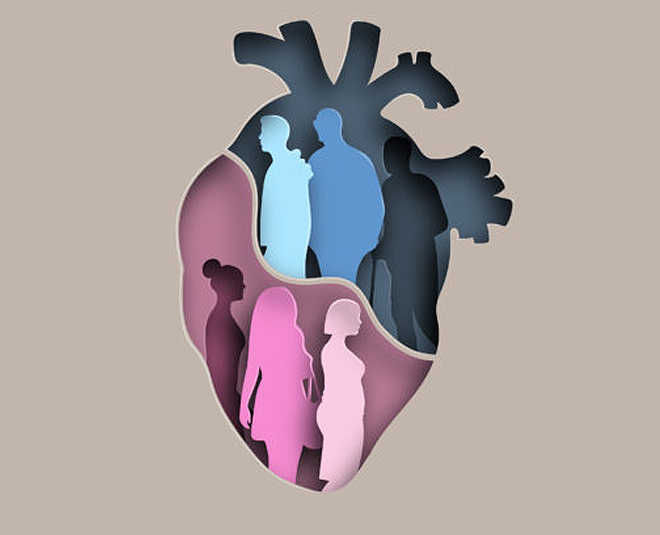
World Health Day-Do You Know Why Women Live Longer Than Men?
It’s widely known that women live longer than men and that’s especially true for wealthy countries. And now the World Health Organisation has revealed the reason behind this for the first time ever as part of its World Health Statistics 2019. Talking about the same, the WHO Director-General Dr Tedros Adhanom Ghebreyesus has said that to understand who is being left behind and why, it is important to break down data as per age, sex and income group. “Behind every number in the World Health Statistics is a person, a family, a community or a nation. Our task is to use these data to make evidence-based policy decisions that move us closer to a healthier, safer, fairer world for everyone,” he says. So what are the factors behind higher life expectancy? Let’s have a look.
Maternal Deaths And Healthcare Services

In countries that are not able to provide better health facilities, there is a very small gap between the life expectancy of men and women. In such low-income countries, most women (1 in 41) die from maternal causes as compared to high-income countries (1 in 3300). In low-income countries, the ratio of nursing and midwifery personnel is also pretty bad, which could be another reason for the deaths.
It All Depends On The Attitudes

Image Courtesy: www.healthtalk.unchealthcare.org
You can see this around yourself. When suffering from the same disease, women easily seek healthcare while men don’t consider it that necessary. Whether it is a critical illness like AIDS or something as serious as TB, men will not readily go for therapies or even diagnostic tests as much as women.
Other Causes Of Death
There are various societal, environmental and biological factors behind the difference in life expectancies.
1
2
3
4
- According to the WHO study in 2016, there were 44% more chances that a 30-year-old man would die from a non-communicable disease before turning 70 than a woman of the same age.
- Globally, the chances of a man committing suicide were 75% higher than women in 2016.
- From age 15, a man is more likely to die from road injuries as compared to a woman.
- A man is also 4 times more likely to die due to homicide as compared to a woman.
Don’t Miss This: Mission Indradhanush Is Making Immunisation Possible in Remotest Areas
The WHO study has been published on the occasion of World Health Day today, which is focusing this year on primary health care as the foundation of universal health coverage. The statistics emphasise that access to primary health care should be improved all over the world.
WHO’s Triple Billion Goals
“One of WHO’s triple billion goals is for 1 billion more people to have universal health coverage by 2023,” said Dr. Tedros. Dr. Samira Asma, WHO Assistant Director General for Data, Analytics and Delivery says that something as simple as controlling blood pressure is just not happening on the scale needed and tobacco use remains a leading cause of premature death.”
In a developing country like India, most of these issues exist so it is high time that men and women become more aware of healthcare. To know about the latest in the world of healthcare or know about the essentials of feminine hygiene, keep reading Her Zindagi.
Also watch this video
Herzindagi video
1
2
3
4